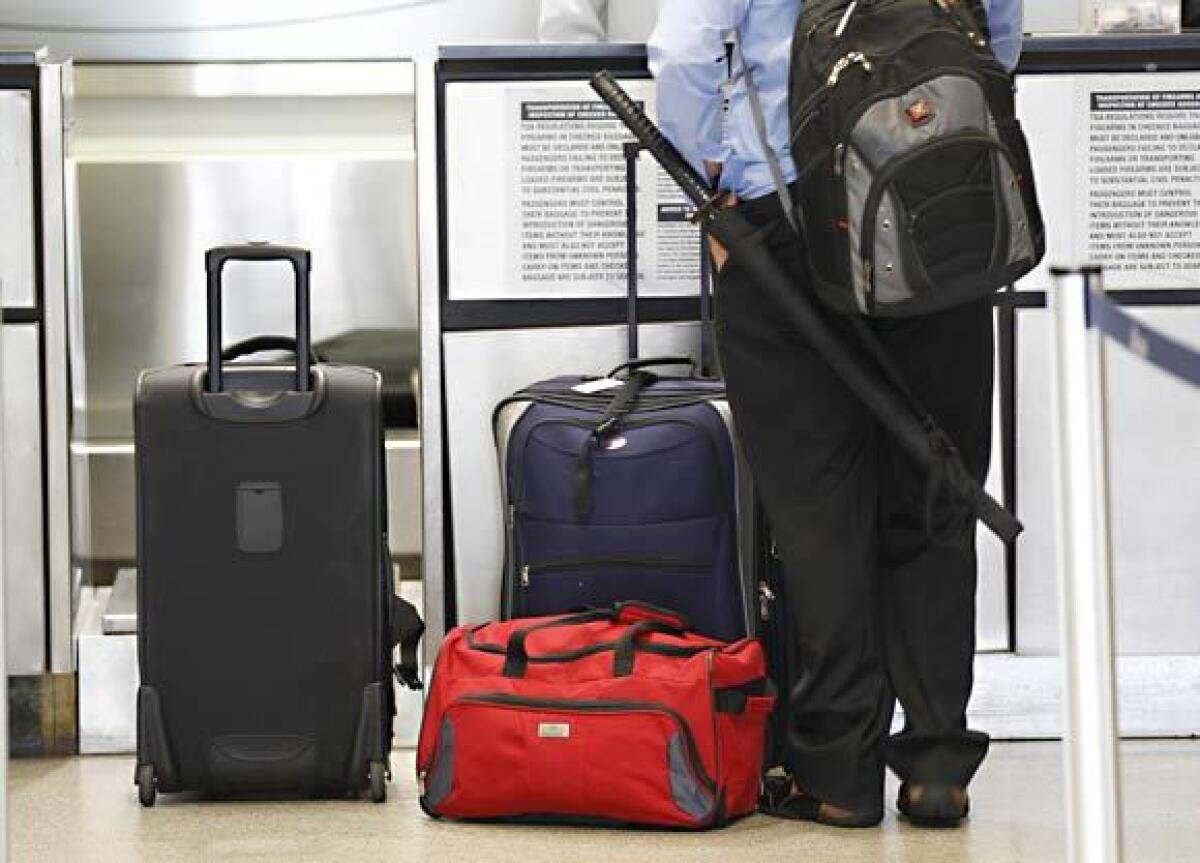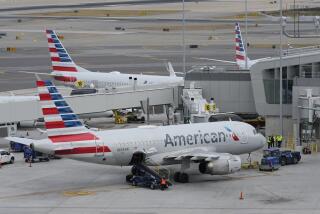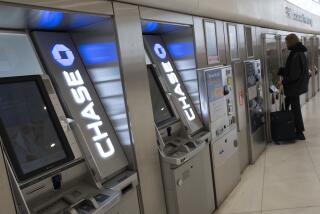More for Your Money: The quest for transparent airline fees

If you think flying is tedious, try figuring out what your flight will cost. Fees for bags and optional services, such as seat selection, extra legroom, Internet access, onboard entertainment and other choices can plump up airfares by $100 or more. And you may need radar to find the fees.
“I’ve actually challenged airline executives to find their fees for me, and they can’t find them on their own websites,” said Charles Leocha, director of the Consumer Travel Alliance, an advocacy group based in Washington, D.C.
Help may be on the way. Under a new federal rule dubbed “Enhancing Airline Passenger Protections,” each airline would be required to list all its so-called ancillary, or optional, fees on a single Web page, linked from its home page. When first displaying a fare quote, the airline would have to tell the customer where to find bag fees, and bag fees would be shown on e-ticket confirmations.
The U.S. Department of Transportation is mulling over a petition from airline industry groups to delay the many-faceted rule, most of which is scheduled to take effect Aug. 23. The groups said they needed more time to train staff and retool. Spirit Airlines and Allegiant Air are challenging the rule on various grounds in the U.S. District Court of Appeals in D.C.
So until Aug. 23 and maybe later, consumers will need to puzzle out each airline’s fee display. Although many airlines’ websites already link to bag fees on the first fare quote, fewer provide the one-page fee display.
“Delta nailed it, except it takes more than one click,” said Jonathan Harriman, an attorney with Anolik Law Corp., a Bay Area company that specializes in travel law.
From the Delta Air Lines home page (www.delta.com), after you click on “Travel Information,” “Travel Tools, Tips & Fees” and “Optional Products & Services,” you call up a chart, sorted by cabin class, for more than 30 fees.
Then we have United and Spirit airlines.
When I tried United’s website, https://www.united.com, recently, basic bag fees were two clicks away but other fees were scattered among assorted tabs and menus.
Spirit (www.spiritair.com), a low-cost carrier, offered one-click access to bag fees from its home page and two-click access to a “Travel Policies” page, a mix of fees and rules that required more clicking, which sometimes led to vague statements. The “nominal” fee for advanced seat assignment, it said, varied; no price or range was given.
When I test-booked a ticket on Spirit’s website, it showed the fare with government taxes and fees. Then it required me to enter my birth date, address, phone and other personal data to continue. The next screen displayed fee options for bags, the third showed fees for seat selection, and the fourth showed my total.
After adding one carry-on bag ($30 each way), one checked bag ($28 each way) and the cheapest seat option ($10 each way), my $340 fare-plus-tax round trip totaled $490. The extra $14? That was for travel insurance, which Spirit had added; I had to uncheck the box to opt out. Such automatic add-ons would be banned by the new rule.
When asked about the fee displays, Spirit spokeswoman Misty Pinson said in an email, “Spirit’s website is very consumer friendly and clearly shows customers what they are selecting before they make their final purchase.”
Even a fee chart such as Delta’s falls short of ideal, said Kevin Mitchell, chairman of the Business Travel Coalition in Radnor, Pa., which advocates for corporate travel departments. The chart is static; fees are dynamic and may vary by demand, distance, frequent-flier status and more.
“On any given trip, there are hundreds of thousands of different possible combinations,” he said.
The new federal rule, although a “good first step,” Mitchell said, doesn’t solve the big question: How can consumers compare fee-inclusive fares among airlines, side by side, so they can comparison-shop for tickets?
The answer awaits more Department of Transportation rule-making, already proposed, but in Mitchell’s estimate, unlikely to take effect before 2013.
Let’s just say it’s on the tarmac.
More to Read
Sign up for The Wild
We’ll help you find the best places to hike, bike and run, as well as the perfect silent spots for meditation and yoga.
You may occasionally receive promotional content from the Los Angeles Times.






